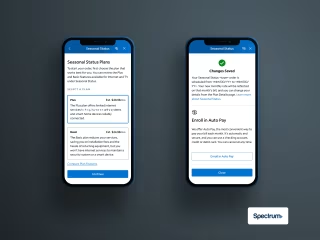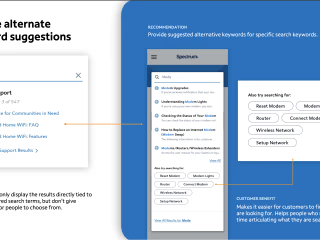Homestay - Design System

Michaela Rich
Overview:
Homestay, a prominent rental property company, approached us with a vision to enhance their user experience and differentiate themselves in the competitive market of rental properties. They were using Material Design 3 but sought a bespoke design system that would elevate their UI and streamline their development process.
Discovery and Research:
Inventory Review: We conducted a comprehensive inventory review of their existing design components in Material Design 3. This helped us identify which components were being used, how frequently, and any inconsistencies or redundancies.
Stakeholder Interviews: We engaged with stakeholders to understand their current pain points, business goals, and vision for the new design system. This insight guided our strategic decisions throughout the project.
Developer Collaboration: We collaborated closely with developers to understand their workflow and challenges in implementing the current design system. Insights from these discussions informed our approach to creating components that are easy to implement and maintain.
Designer Input: Conversations with the design team highlighted areas where Material Design 3 posed constraints or limitations in achieving desired aesthetics or functionality. This input was crucial in shaping our approach to designing new components.
Design System Implementation:
Component Design with Tokens: We designed a set of UI components using a token-based approach. This allowed us to establish consistent design patterns while ensuring flexibility and scalability for future updates. Tokens facilitated easy customization and adherence to brand guidelines.
Component Library: We developed a comprehensive component library that includes buttons, forms, navigation elements, and more. Each component was meticulously crafted to align with Homestay’s brand identity and user experience goals.
Documentation: We created detailed documentation for developers and designers alike. This documentation provides clear guidelines on component usage, design principles, and best practices for maintaining design consistency across the platform.
Interactive Documentation: To enhance usability, we developed interactive documentation that allows stakeholders, designers, and developers to preview components in different contexts. This fosters better understanding and implementation of the design system.
Light and Dark Modes: Recognizing the importance of accessibility and user preference, we implemented both light and dark modes within the design system. This ensures a seamless user experience across different environments and devices.
Outcome:
The collaboration resulted in the successful launch of Homestay’s new UX design system, tailored to their specific needs and aspirations. By transitioning from Material Design 3 to a custom design system with token-based components, Homestay now enjoys:
Enhanced UI: A visually appealing and cohesive user interface that sets them apart in the competitive rental property market.
Improved Developer Efficiency: Developers can now easily implement and customize components, reducing development time and maintenance efforts.
Consistency and Scalability: The design system promotes consistency across all touchpoints and allows for scalable growth as Homestay expands its digital footprint.
Through iterative feedback and continuous refinement, the design system continues to evolve, supporting Homestay in delivering exceptional user experiences to their customers.
Conclusion:
The transformation of Homestay’s UX design system underscores our commitment to understanding client needs, collaborating across disciplines, and delivering innovative solutions. By leveraging token-based design principles and comprehensive documentation, we’ve empowered Homestay to achieve their business objectives while delighting users with intuitive and visually appealing interactions.




